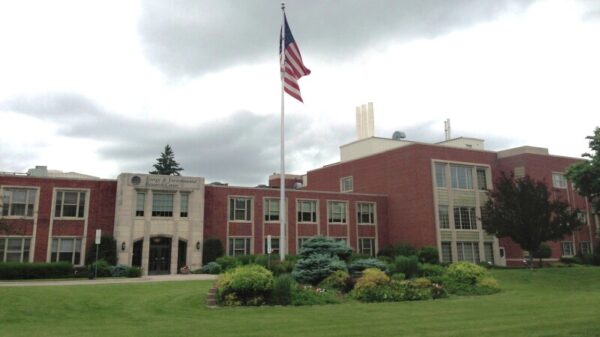A decade-long experiment with *woody meadows* has gained significant popularity across Australia. These innovative plantings are designed to enhance urban environments by improving biodiversity while providing aesthetic appeal. Initiated in 2014, the project has shown that these green spaces can thrive in city landscapes, benefiting both residents and local wildlife.
The concept of woody meadows combines various native trees, shrubs, and herbaceous plants. This diverse planting strategy not only beautifies urban areas but also creates habitats for numerous species. According to research conducted by the University of Melbourne, these green spaces can significantly contribute to urban biodiversity, making cities more resilient to climate change.
Over the past ten years, various Australian cities have embraced this initiative, with many local councils investing in the establishment of woody meadows. The City of Melbourne has taken a leading role, incorporating these plantings into its urban planning strategies. As city planners and residents alike recognize the value of green spaces, the woody meadows have become a focal point in discussions about sustainable urban development.
The initiative has not only enhanced the visual landscape but has also provided social and economic benefits. Communities that engage with these green areas often report increased mental well-being and a stronger sense of community. The presence of nature in urban settings has been linked to improved air quality and reduced urban heat, showcasing the multifaceted advantages of these green spaces.
Residents have expressed enthusiasm for the project, highlighting the joy of experiencing nature within their neighborhoods. Many local community groups have organized events to promote awareness and appreciation of these meadows, fostering a sense of ownership and responsibility among residents.
As the trend of incorporating woody meadows into urban planning continues to grow, other cities around the world are observing the results with keen interest. The success seen in Australia serves as a potential model for similar initiatives globally. The integration of green spaces into urban areas is increasingly viewed as essential for enhancing the quality of life in densely populated environments.
Looking ahead, city officials and environmentalists are optimistic that the positive outcomes from the woody meadows will encourage further investment in ecological urban design. The ongoing commitment to biodiversity and sustainability is expected to yield long-term benefits for both urban populations and the environment.
In conclusion, the experience gained from the past decade of cultivating woody meadows in Australia demonstrates a successful approach to enhancing urban landscapes. This initiative not only beautifies cities but also contributes significantly to the health and well-being of their inhabitants. As cities worldwide seek solutions to environmental challenges, the lessons learned from this project may provide a valuable framework for future endeavors in urban ecology.






































































